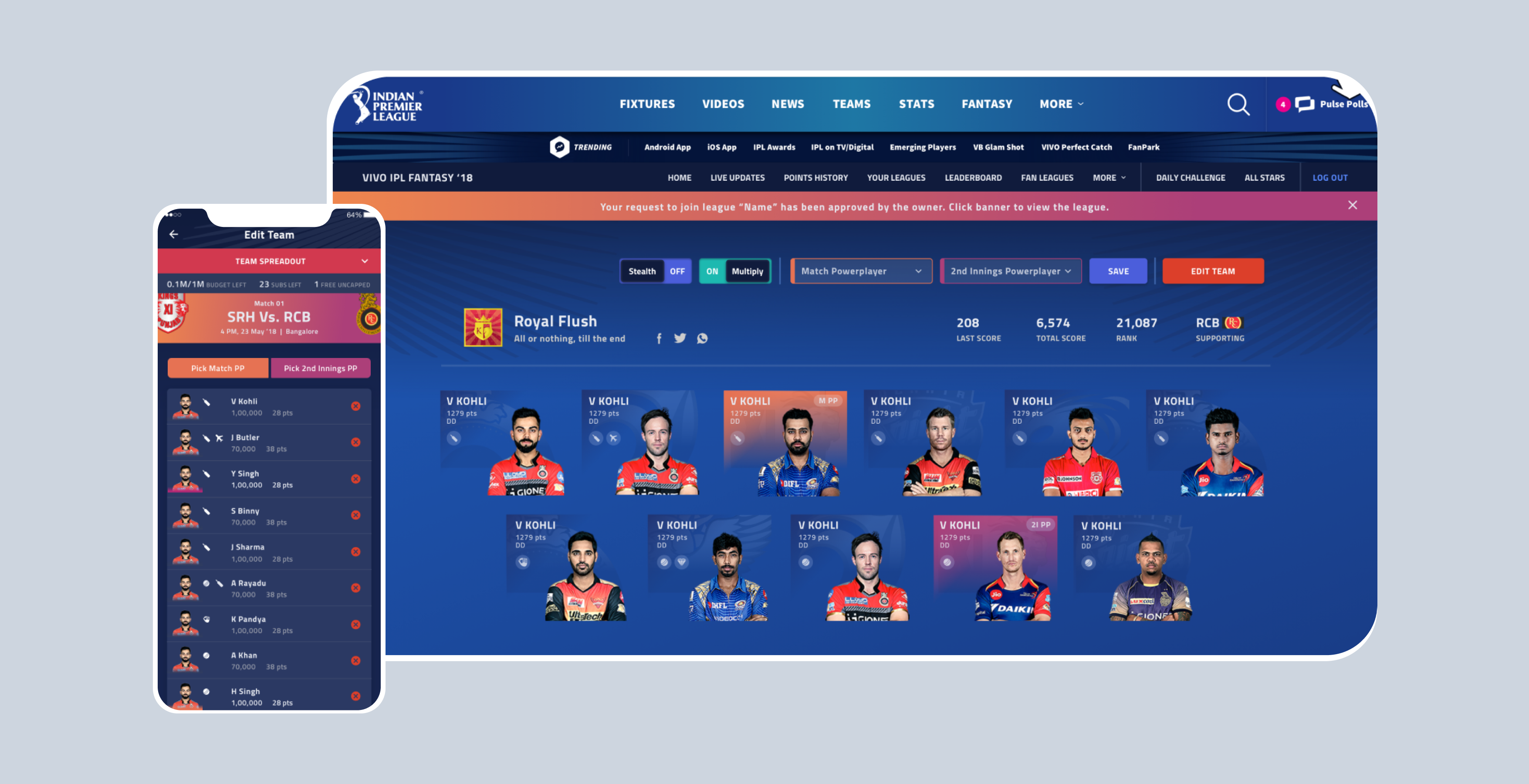Disaster Recovery Strategy for Real Estate Enterprise
Building a Resilient Architecture: Empowering Real Estate Operations with a Comprehensive Disaster Recovery Strategy
Introduction:
We were honored to work with a large real estate enterprise, developing a product tailored to their property users across multiple locations. The client had a crucial requirement - uninterrupted operations with zero downtime and data loss. We have designed the architecture with a specific focus on the comprehensive disaster recovery plan that ensured continuous availability and protected valuable data. We leveraged serverless architecture, RDS, Elasticache,Cloudwatch, Celery, and Redisbeat to build a resilient infrastructure capable of handling region failures and seamlessly managing background tasks across multiple nodes.
Designing the Disaster Recovery Strategy:
Identifying Recovery Time Objective (RTO) and Recovery Point Objective (RPO):
We collaborated closely with the client to define the RTO and RPO, which represented the maximum acceptable downtime and data loss, respectively. These parameters formed the foundation of our disaster recovery plan and influenced our architectural decisions.
Leveraging Serverless Architecture:
To ensure high availability and fault tolerance, we opted for a serverless architecture. By utilizing serverless services such as AWS Lambda, we eliminated the need to manage and maintain servers, reducing the risk of single points of failure. The other key components of the architecture included:
- Amazon RDS (Relational Database Service): We leveraged Amazon RDS to deploy and manage highly available databases, ensuring data durability and redundancy.
- Amazon S3 (Simple Storage Service): Critical data protection and data integrity were ensured by utilizing Amazon S3 for secure storage and backup. Regular backups were performed to S3, minimizing the risk of data loss.
- AWS CloudFormation: We employed AWS CloudFormation as infrastructure as code (IaC) to maintain consistency and repeatability in deploying and managing the client's infrastructure. This enabled efficient recovery and reproducibility in the face of a disaster.
- Amazon Route 53: Playing a vital role in our architecture, Amazon Route 53 served as a highly available and scalable DNS service. By utilizing health checks and failover routing policies, we achieved seamless failover between different regions in the event of a disaster.
- AWS Amplify: For the client's front-end web applications, we utilized AWS Amplify. This service facilitated the seamless deployment and management of web applications, ensuring scalability and robustness.
- Amazon CloudWatch: To monitor and track the health and performance of the infrastructure and applications, we relied on Amazon CloudWatch. With custom metrics, alarms, and proactive monitoring, we could identify and resolve potential issues promptly.
Multi-AZ Deployment with RDS and Elasticache:
We deployed the client's critical databases using Amazon RDS (Relational Database Service) in multiple Availability Zones (AZs). This architecture provided automatic failover and ensured data redundancy across different physical locations. Additionally, we utilized Elasticache, a managed in-memory caching service, to enhance application performance and resilience.
Handling Background Tasks with Celery:
The client's operations relied heavily on background tasks performed by the Celery distributed task queue. To enable efficient task management across multiple nodes, we implemented Celery's distributed architecture. Each node subscribed to a shared task queue, allowing tasks to be distributed evenly. In case of a node failure, other nodes automatically picked up the pending tasks.
Synchronizing Celery Tasks with Redisbeat:
To ensure task synchronization and prevent task duplication or loss, we integrated Redisbeat, a Celery beat scheduler backed by Redis. Redisbeat facilitated task coordination by acting as a central task scheduler and provided synchronization across multiple nodes. This allowed us to maintain consistency and reliability in their background task execution.
CloudWatch and Lambda:
To detect and respond to threats swiftly, we relied on the watchful eye of Amazon CloudWatch. By configuring alarms based on custom metrics and thresholds, we were able to proactively identify potential issues. In the enchanted realm of serverless, AWS Lambda was the magician. Triggered by CloudWatch alarms, Lambda sprang into action, seamlessly ensuring the availability of essential services.
Conclusion:
In the realm of real estate enterprise, the risk of downtime and data loss posed significant challenges. Through our dedication and the power of cloud technologies, we crafted a robust disaster recovery strategy that fortified our client's operations. With serverless architecture, multi-AZ and multi-region resilience, Celery with Redis Beat, CloudWatch with Lambda, and the brilliance of Amplify, we ensured uninterrupted success. Our client now operates with confidence, knowing their operations are fortified to overcome any adversity. As a technology services company, we are committed to delivering tailored solutions that empower our clients to flourish, even in challenging circumstances.










